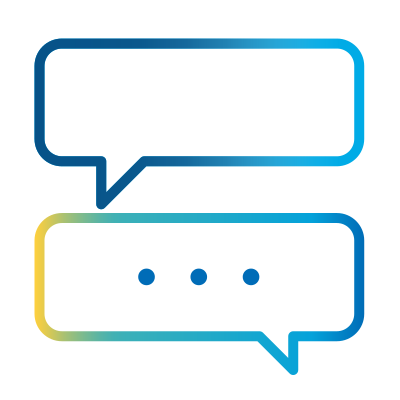- Subscribe to RSS Feed
- Mark as New
- Mark as Read
- Bookmark
- Subscribe
- Email to a Friend
- Printer Friendly Page
- Report Inappropriate Content
At SS&C Blue Prism, we are passionate about making learning accessible to everyone. With so many of our community members using English as a second language, the push for local-language training keeps growing. As part of the instructional design team, I’ve seen how translated content can empower learners to navigate automation more confidently and help global teams collaborate on equal footing.
Understanding the Challenge
Translating our eLearning isn’t just about swapping words from one language to another, it's a whole journey. Our courses have interactive modules, PDFs, subtitles, and loads of support materials. Translating each part and reviewing it for consistency takes teamwork and time. Keeping terminology straight across so many files was a real puzzle at first.
First Steps Forward
Early on, I mapped out a manual process (see figure 1) to help organize everything. It wasn’t perfect, but it helped us make headway.
(Figure 1: Early process plan for managing translations step by step)
There have been encouraging milestones, with several courses now available in new languages (see figure 2).
(Figure 2. Translated courses now available on the LMS)
Making use of AI
While there are many AI-powered platforms designed specifically for content translation, we wanted to explore what we could achieve internally before committing to external tools.
That’s why we’re currently testing a prototype of our in-house Translation App (see Figure 3), developed to streamline our internal workflows. It’s still in the early stages, and we’re actively reviewing output for quality and consistency. This isn’t a commercial product, Petar Petrov built it specifically to support our team and help us explore what works best for future translation projects.
(Figure 3. Prototype of our in-house AI Translation App, designed to streamline translations)
Lessons learnt so far
As the translation project has evolved, a few key lessons have stood out:
- Establish demand early. Knowing where translations will have the most impact helps prioritise resources and focus efforts where they matter most.
- Secure SME buy-in. Subject matter experts are essential for quality, but their time is limited. Balancing their workload with review needs is critical to keeping things moving.
- Consider the right support and tools. Whether through technology, process changes, or workflow improvements, finding ways to reduce manual effort and maintain consistency is essential for scaling translation effectively.
Where we need your help
This is where the community can make a real difference. Since the project is ongoing, your feedback could help shape what comes next.
- Are there specific courses, topics, or resources you’d love to see translated?
- What’s worked well (or not so well) when using translated materials in your own learning journey?
We want translation to be something we design with your input, not just for you. Your thoughts will help us make learning more inclusive, effective, and accessible for everyone.
Please jump into the comments below, we’re listening.
About The Author

Jude Reynolds
As a Senior Instructional Designer, I specialise in creating engaging, learner-centred experiences that make complex information accessible and meaningful. With a strong background in digital learning and curriculum design, I collaborate across teams to develop impactful training solutions that support both individual growth and organisational goals. I'm passionate about blending creativity with strategy to help people learn in ways that truly resonate. Always happy to connect, share ideas, and learn from others in the community!








